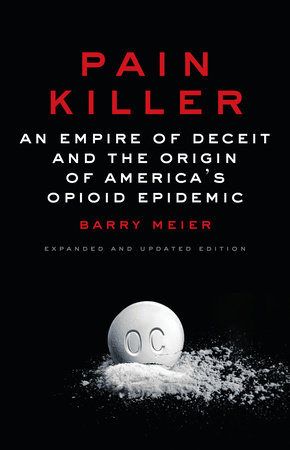Last year EU approved a new law for assessing safety and efficacy of medical devices. Unfortunately, it comes late and it is not enough to solve current situation of lack of information on evidence. An article in Lancet explains precisely what should be done to increase the transparency of information on medical devices.All the details in this list:
A small task force of regulators and invited stakeholders has recommended what information should be included in the summaries of safety and clinical performance and which components of the Eudamed database need to be open to public access. Those recommendations are now under revision. The European Commission has been delegated authority to translate them into further legislation, but it has indicated that it does not consider that to be a priority. Any member of the public or any organisation with an interest in these issues should therefore make representations now to the European Commission. The medical device regulations will take effect from 2020.The time is now.


